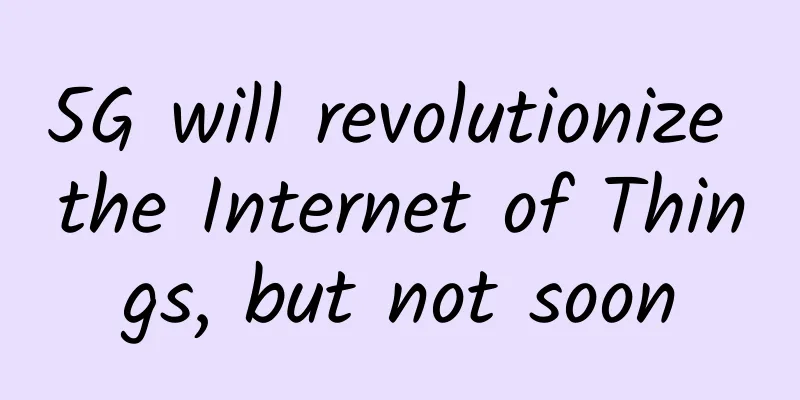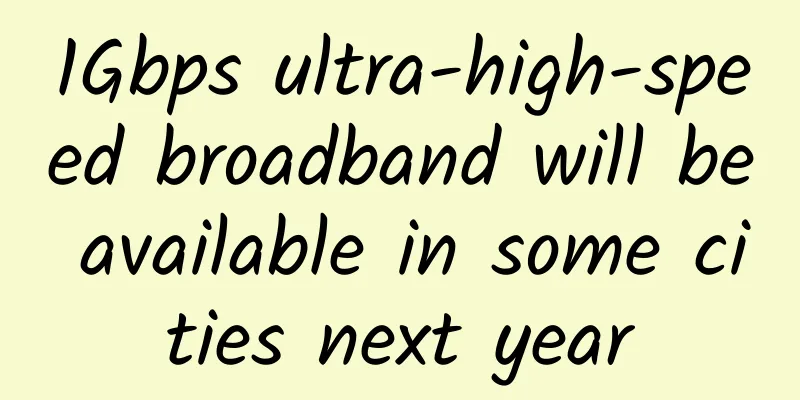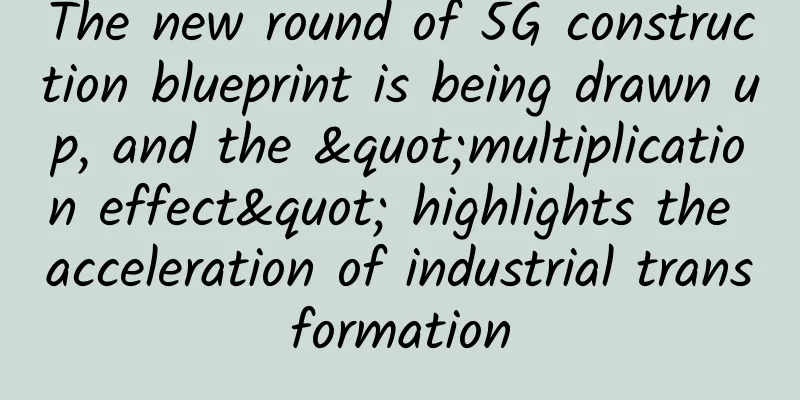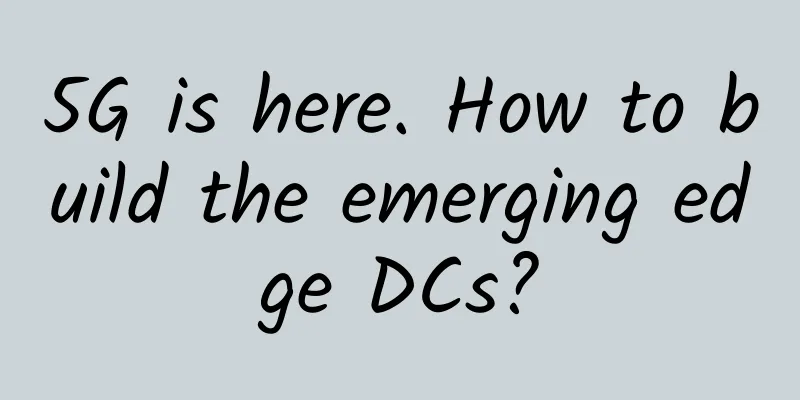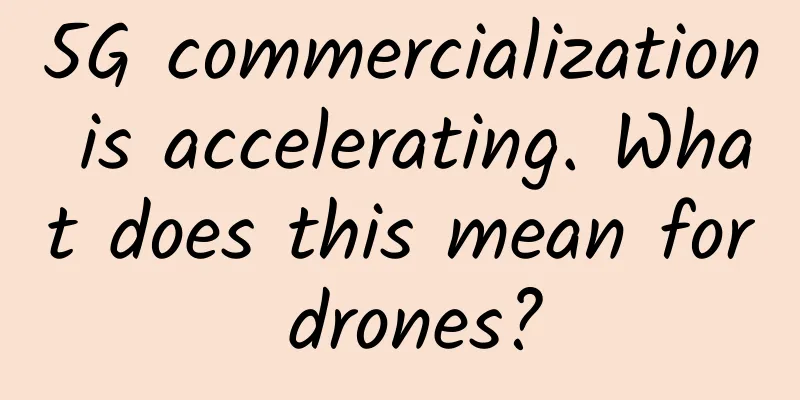Experts interpret Huawei's "recipe" for smart cities: taking a rational, scientific and pragmatic approach
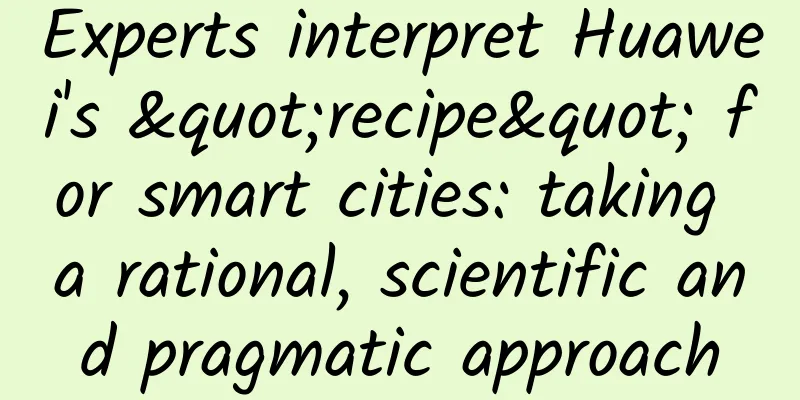
|
[51CTO.com original article] Not long ago, the 21st China International High-Tech Achievements Fair kicked off in Shenzhen Convention and Exhibition Center. As a familiar face participating in the Smart City Exhibition of the High-Tech Fair for four consecutive years, Huawei has also been deeply involved in many activities of the High-Tech Fair. During the exhibition, Huawei proposed the new concept of "5G+AI, opening a new era of smart city twins" and released Huawei's top-level planning consulting methodology for smart cities, which attracted a lot of attention from the industry. During the intervals between exhibition activities, the reporter interviewed Yuan Wanhai, a smart city consulting and planning expert of Huawei EBG China, Nie Junyu, a senior expert in smart cities and senior planner of digital economy, and Li Jingsong, a senior consultant of 5G+ smart cities, and asked them to share Huawei's thoughts and judgments in the process of smart city construction. Huawei's "Methodology" for Smart City Construction
Yuan Wanhai, Smart City Consulting and Planning Expert at Huawei EBG China When talking about the current development status of smart cities in China, Yuan Wanhai said that the current construction of smart cities in China has entered a deep water zone: on the one hand, from the perspective of development trends, as an important tool for urban digital transformation, smart cities contain huge market opportunities. Almost all ICT companies are involved in the smart city market. In the past three years, with the entry of many new industry giants, the smart city market has entered a new round of prosperity. But at the same time, the gap between growing customer demand and market supply is widening, and some local governments lack confidence in investing in smart cities on a larger scale, which has brought uncertainty to the seemingly prosperous smart city market. How to treat the current development of smart cities? Yuan Wanhai believes that companies involved in the construction of smart cities have their own formulas. Huawei has chosen to take a more rational, scientific and pragmatic path. Therefore, Huawei has insisted on cultivating top-level planning capabilities for smart cities in recent years, and has always insisted on providing customers with light top-level planning consulting services before investing in projects. Through this form of service, we will fully demonstrate and deduce the smart city construction tasks in the next 3-5 years, formulate a scientific implementation path, and then follow the scientific method of PDCA, iterate in a cycle, and advance in an orderly manner. With the continuous emergence of market demand and the gradual accumulation of consulting experience, Huawei gradually realized that it could summarize the previously accumulated experience in smart city top-level consulting planning into a set of methods, share them with the industry, gradually polish out a consensus, and then lead the entire domestic smart city market to develop more rationally, scientifically and orderly. In this context, Huawei followed the "Smart City Top-level Design Guidelines" of the National Standardization Administration and further refined and improved the "Huawei Smart City Top-level Planning Methodology".
Nie Junyu, senior expert on smart cities and senior planner of digital economy Nie Junyu added that the digital economy has two important components, one is industrial digitization and the other is digital industrialization. In China, industrial digitization accounts for a higher proportion, because a large amount of real economy is the core of China's development of digital economy. Once digital technology is combined with real industry, it will burst out with greater economic potential. "Industrial digitization is a main direction in the future. Huawei will use the digital experience it has accumulated in the past 30 years through Huawei's fertile digital platform and 5G+AI model to provide services to more real industries and help the process of industrial digitization." 5G+AI opens a new era of smart city twins Yuan Wanhai gave a more detailed interpretation of the new concept of "5G+AI, opening a new era of smart city twins" that the industry is paying close attention to. He said that mirroring all the elements of a city in the digital world is a very ambitious vision, involving many technical systems and a huge workload, which will take at least five to ten years. What Huawei can do now is to break through some of the technical bottlenecks that twin cities rely on, so as to take the construction of twin cities a step further. The reason why 5G+AI is emphasized is that there are several core technologies that are critical to the realization of twin cities. The first is the perception and connection capabilities of global data, which requires 5G to play a greater role. The second is how to interpret global data in the digital world, which requires relying on AI to evolve from primary digital twins to more advanced twins.
Li Jingsong, Senior Consultant of 5G+ Smart City Li Jingsong pointed out that although digital twins are not new technologies, they involve a granularity issue. He took the example of digital buildings. In order to achieve digitalization, the building can be modeled in 3D first. The large granularity is to achieve floor control, the finer granularity is to achieve room control, and further refinement can also be used to control each appliance. "The granularity of the twin determines the depth and breadth of the future twin implementation." Therefore, at this stage, Huawei believes that digital twin technology can be deployed first in scenarios where urgent needs come first, such as emergency management and municipal facility management, to match digital twins with customer services, and different granularities can be implemented for different needs. In the digital twin city in the 5G+AI era, the physical city and the digital city are no longer simply data flows, but will also be integrated into the flow of artificial intelligence services. Based on digital twins, by analyzing and modeling data, AI-driven urban cognitive decisions are formed upward. Through cognitive decisions, they are fed back to the physical city to guide the operation of the physical city and improve the city's operating efficiency. The actual operating data of the physical city is then returned to the above cycle model to form a rolling optimization and improvement of urban cognitive decisions. Full ecosystem, move forward! As we all know, smart city construction is a very large and long-term comprehensive project. So what kind of growth have the government customers, who are responsible for overall management, achieved in the process of practice? Yuan Wanhai observed that in recent years, the government has become more pragmatic in building smart cities. At the city-level management level, in addition to focusing on macro-contents such as strategic development, the government will also focus on implementation, thinking about how to integrate and connect the data of various commissions and bureaus in the entire city, and pay more attention to the architecture and management under the architecture, striving to provide support for the collaboration of related businesses at the business level. "Of course, in the specific implementation process, urgent needs are given high priority." So how does Huawei provide services to city managers? Yuan Wanhai said that Huawei will first provide consulting and planning services. After completing this step, Huawei will then transform it into a series of specific projects. In this process, if Huawei plays the role of "operator" of a coordinated smart city, then Huawei will set up a project team to integrate all resources, relevant products and industry solutions, and integrate the capabilities of partners through ecological cooperation resources, and finally form a joint force to implement the project in accordance with the complete framework formulated by the top-level design, and provide overall services for the city. If the customer only needs Huawei's top-level design capabilities, then Huawei will also integrate its own capabilities and provide the best part to the customer. "Because Huawei has its own business boundaries, in the implementation of the project, Huawei focuses more on the construction of underlying software and hardware infrastructure, such as networks, data centers, and platforms. This is what Huawei is best at and where it has accumulated a lot of technology and R&D. Throughout the construction of smart cities, Huawei has always adhered to the "customer-centric" approach and advocated the platform + ecosystem strategy, allowing partners to provide customers with better services on the Huawei platform and achieve a strong alliance." Yuan Wanhai introduced that Huawei has a strict management and development mechanism for the ecosystem: First, classification. Huawei divides its partners in the smart city field into operation, integration, investment, and consulting and planning categories. Huawei will select the top five partners in each category for in-depth cooperation. Second, technical verification. As a fertile soil, Huawei will conduct special technical verification on partner solutions that grow on this fertile soil, maintain a tight coupling state, and ensure that customers are provided with a holistic service. Third, quality management. Huawei has a strict quality management mechanism that manages the service capabilities of partners and customer satisfaction during the delivery process. Through rating and elimination, we ensure that partners always provide customers with high-quality services. Fourth, sustainable development. Huawei strictly abides by the boundaries and only does business below the platform, leaving more business scenarios above to partners to ensure the sustainable and stable development of the relationship with partners. Get the latest trends in smart cities The reporter learned that the top-level consulting and planning of smart cities is a key link in Huawei's smart city service chain and one of the service capabilities that Huawei focuses on building. At present, Huawei has gathered a large number of top-level planning consulting teams for smart cities and developed 11 excellent domestic consulting and planning partners with deep cooperation. It can provide top-level consulting and planning services related to smart cities and digital governments for different scenarios such as provincial, municipal, district, county, and park. In recent years, Huawei has provided more than 100 top-level consulting and planning services for smart cities to customers around the world. In 2019 alone, it provided more than 40 top-level consulting and planning services to customers. Huawei, which has so much deployment experience, also has its own judgment on the future development trend of smart cities. Nie Junyu revealed that most cities in China are representative cities, and they often measure the quality of urban development through a single value judgment, such as economic value. However, in the future, smart cities will move from representative cities to deeper values. In addition, the future space and functions of smart cities will definitely be superimposed. Nie Junyu explained that with the changes in the digital economy, companies will have lower requirements for employee commuting in the future, and the boundaries between residential and work areas will become more blurred. The superposition of functions and spaces is a direction for future cities, which will put forward higher requirements for information infrastructure and the digital infrastructure of the entire city. Not only that, the driving force of urban development will also change from the past factor-driven to innovation-driven. Nie Junyu said that many cities used land capital to promote the development of the entire city in the past, but in the future they will definitely evolve towards innovation-driven, which will realize the self-correction and self-iteration of the entire city. He gave an example, in the city's public transportation system, whether the bus routes are set reasonably can be adjusted in time through data collection, video analysis and real-time feedback of bus routes. "In the future, cities will definitely develop from single-core cities to multi-core cities, and will rely on multiple cores to develop. At the same time, multi-core cities also exist at the top level of future cities, multi-city regional coordinated urban agglomerations." Nie Junyu pointed out that since each city has a different status and role in the urban agglomeration, this requires top-level designers to have a clear direction to achieve accurate matching of industry and business, which also puts high demands on how companies like Huawei can provide supporting infrastructure. [51CTO original article, please indicate the original author and source as 51CTO.com when reprinting on partner sites] |
>>: [5G Encyclopedia] How does 5G implement TDD?
Recommend
Karamay Government Affairs Cloud: Cloud brings together industries and data to win the future
[[188757]] Company Introduction Karamay is the on...
Brocade Expands Data Center Networking Solutions to Accelerate Digital Transformation
Brocade today announced the expansion of the Broc...
Is your phone stolen within minutes after you lose it? Teach you how to set the SIM card password
The Ministry of Industry and Information Technolo...
Operators remove many 4G packages to make way for 5G, user experience may be affected
Recently, China Mobile's online business hall...
By 2026, the Wi-Fi 6 and 6E market in Asia Pacific will reach US$8.559 billion
On March 26, according to foreign media reports, ...
Lessons from data center outages: Focus on infrastructure
The majority of downtime incidents over the past ...
Ruijie Networks Launches Channel Co-building Model for the First Time, Aiming at the Difficulties of Traditional Cooperation
Ruijie Networks, born at the first dawn of the 21...
North American 5G connections grow 67% in one year
[[428617]] North American 5G connections grew 67%...
How to tell if Wi-Fi 6 is right for you
There is a lot of discussion around the next gene...
IPv6 network scale deployment accelerates, with active connections reaching 1.15 billion within the year
The large-scale deployment of IPv6 networks has b...
With these four tips, not only the guy next door, but even God can’t get access to your WiFi!
The world is so big, thank you for visiting me!! ...
Why 99% of business leaders are paying attention to this issue
Digitalization and the provision of digital servi...
CDN enters the licensing era, and the Ministry of Industry and Information Technology regulates and cleans up the CDN market
On December 12, the Ministry of Industry and Info...
Huawei launches the "Bo Le" mode: Interesting souls should show off in the Future Application Creativity Competition!
[51CTO.com original article] Technology has been ...
Understanding the new features of HTTP/2 and HTTP/3 (recommended)
Compared with HTTP/1.1, HTTP/2 can be said to hav...
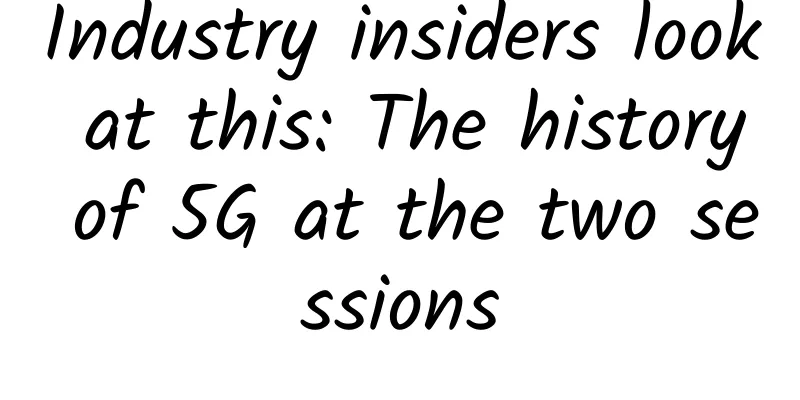
![[6.18]DogYun: 30% off on Elastic Cloud, 20% off on Classic Cloud, 68 yuan free for 618 yuan top-up, Hong Kong/Korea dedicated servers starting from 300 yuan/month](/upload/images/67cabe7853916.webp)
